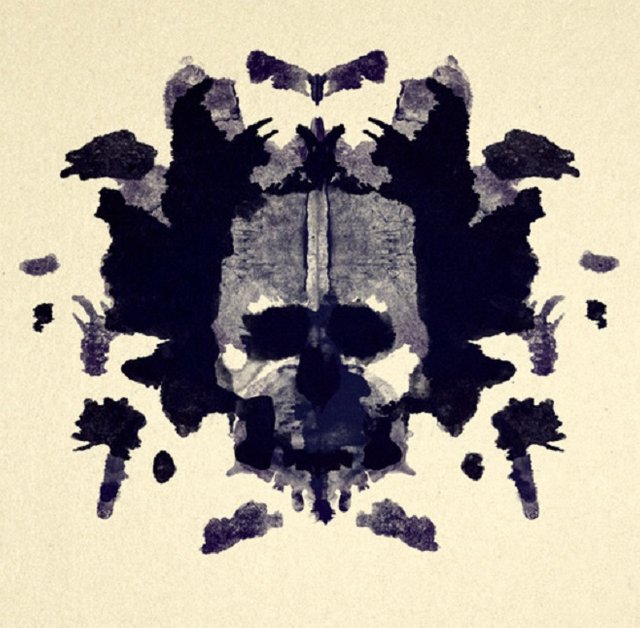History of Psychology: 17th - 19th Century. : Rational, empirical, associative psychology. /part 4/
In the natural-science program for the development of psychology there are three programs related to different worldviews, and they are idealistic; materialistically; discoveries in the exact sciences - chemistry, physics, medicine. These discoveries allow to be understood by examining the intangible through its manifestation in the visible world, activity, behavior of the individual, etc. Steps in the right sciences are: - "Energy Storage and Conversion Act". It becomes a universal law that presents processes in living and inanimate nature and allows living organisms to be regarded as energy systems.
Interaction between the individual and the surrounding reality is seen as an obligatory activity. Mental activity is also a form of this activity; - "Theory of Reflexes" and "Theory of Higher Neuroscience". These two theories were created by Russian physiologists. The first was created by Sechenov, and the second one by Ivan P. Pavlov. Structure of the reflex: 1. organ (analyzer) that irritates; 2. brain center - processes the information and submits; 3. Body of action (muscle fiber). The psychic always has a material substrate - a brain. There can be no psyche if no brain is formed. Pavlov creates a classification of reflexes. Sechenov decides to explore the nature of an organism-environment interaction in order to determine the basis of this interaction and the units with which it operates (the operative units). He conducts numerous physiological animal studies and concludes that the characteristics of the organism-environment interactions are directly related to the development of the brain. The more complex its structure, that is, of the brain, the more adaptive the responses become. Complication of the cerebrum leads to a stronger folding of the cerebral cortex.
Schenchev uses the physiological term reflex by formulating a new definition. Reflexion is a normal nervous reaction, caused by an external influence on the body. Sechenov formulates a three-compartmental structure of the reflex: 1. Analyzer or sensory organ - perceives the environmental stimulus; 2. brain center - that part of the cerebrum in which the information received by the analyst is processed and the response is formulated; 3. Body of action - through which the response is carried out. This is the muscle fiber. For physiologists, responses are motor reactions. Sechenov formulated several conclusions: 1. Material substrate (base) of the brain and brain and CNS (central nervous system) development, there being no direct dependence between the material substrate and the psyche, ie if there is a brain developed but no suitable development conditions the appropriate level of mental reflection may not develop; 2. It is not possible to have a psyche without brain development and CNS. As for a person, a CNS plus a social lifestyle (active communication) is needed. For the first time in psychology and physiology, Sechev formulated adaptive behavior as a natural interaction with the surrounding environment, necessarily based on the activity of the nervous system and the activity of the individual. Seshenov published his theory in the work "Reflections of the Brain" and thus provoked a revolution in human science. Sechenov's followers are Pavlov and Vecterev.
Pavlov continues Sechenov's research by focusing not only on the structure of the reflex but also on the types of reactions arising in different types of experimental pests. Thus, he discovers that a reaction may occur when feeding simultaneously and accidentally coinciding with feeding another stimulus that is sufficiently persistent if the action of the primary stimulus is periodically supported by food intake. Pavlov finds that if there is a time interval between feeding and the next feeding the main stimulus light, this time interval is also maintained when the reaction occurs. Thus, Pavlov came to the classification of reflexes, and by examining the different types of reflexes, he extended and refined the structure of Sechenov. Structure of its components: 1. Analyzer; 2. A reference path (nerve path from the analyzer to the brain center) provides information about the effects on the analyzer; 3. Brain center - the brain center, depending on the nature of the reaction, may be located in the cerebral cortex or in the subcorcy; 4. A reference path (a neural pathway from the brain center to the action body) provides information about the nature of the response; 5. Body of action - it is not just a muscle fiber, but can also be a muscle fiber group, a structured organ or group of organs. Analysts specialize in understanding information not only from the outside environment but also from the internal environment of the body.

Psychology is parta of human bein... It is important of human internal or external environmen... I want to know more... Thank you
It's strange how the brain works. You would think that memory works as a single storage. But it's broken up into pieces to different parts of the brain. Like, if I remember for example seeing a red balloon. One part of the brain knows red, then another part knows the shape, then another part knows the material of the balloon, then another part has emotions. It blows my mind how the brain orchestrates such a task!
You have recieved a free upvote from minnowpond, Send 0.1 -> 10 SBD with your post url as the memo to recieve an upvote from up to 100 accounts!
Great psychology